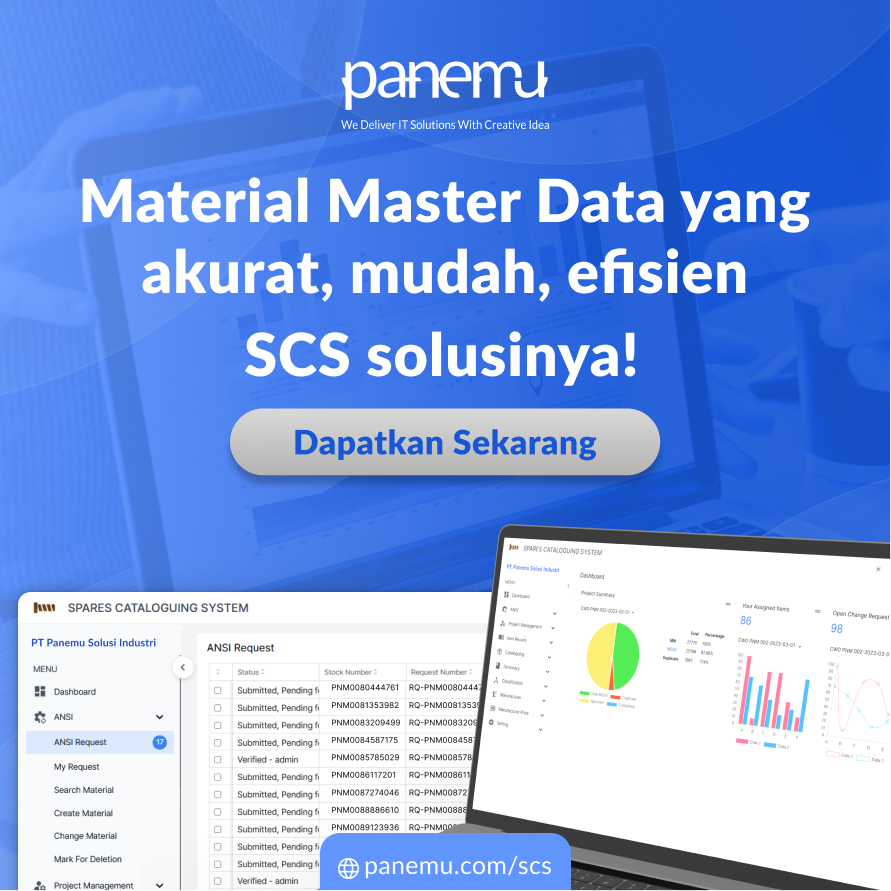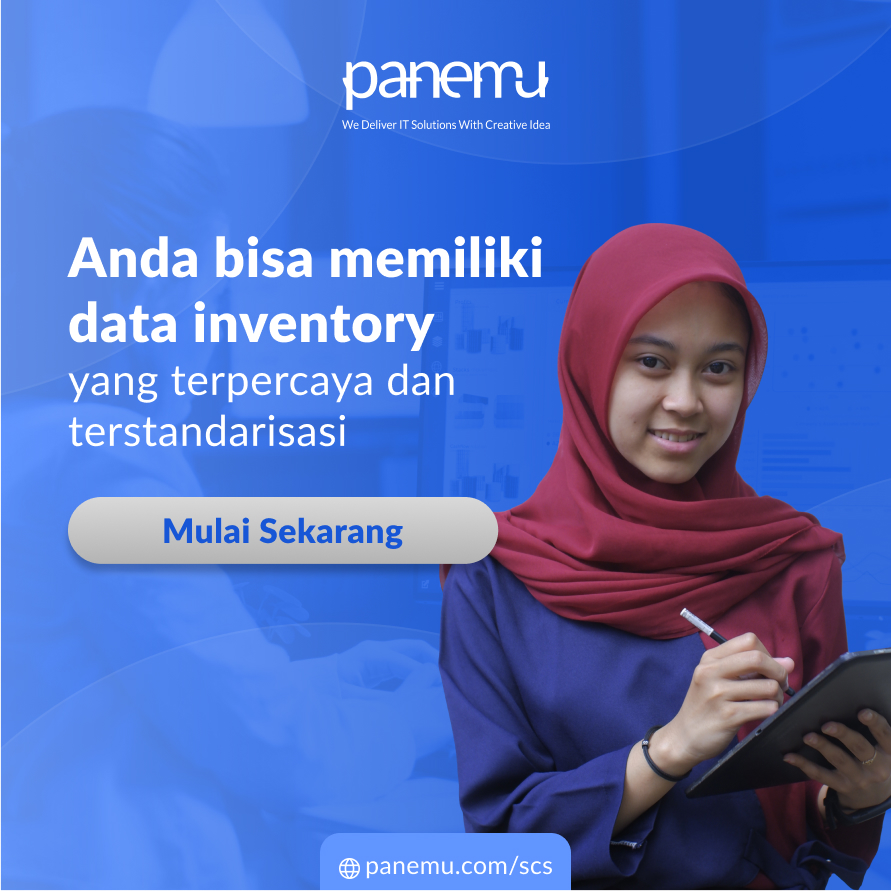In the world of Enterprise Resource Planning (ERP), accurate and structured data is key to ensuring smooth operations. One of the most critical yet often overlooked components of an ERP system is Material Master Data. This dataset serves as the backbone of material management, ensuring consistency, accuracy, and efficiency in the recording, tracking, and utilization of materials across an organization.
Without a well-managed Material Master Data, companies face challenges such as:
❌ Duplicate material records, leading to unnecessary purchases and inventory discrepancies.
❌ Inconsistent naming conventions, causing confusion across departments.
❌ Data inaccuracies, leading to procurement errors and supply chain inefficiencies.
❌ Poor visibility of stock levels, resulting in overstocking or stockouts.
By implementing a structured and standardized approach to Material Master Data, businesses can enhance procurement efficiency, inventory control, and overall operational effectiveness.
What is Material Master Data?
Material Master Data is a centralized repository of all essential information about raw materials, finished goods, spare parts, and consumables used in an organization. Each material entry contains key attributes such as:
✅ Material Name & Description – Standardized naming to avoid misidentification.
✅ Material Number (SKU/Part Number) – Unique identification for tracking and ordering.
✅ Unit of Measure (UoM) – Defines how materials are counted, stored, and used (e.g., kg, meters, liters).
✅ Material Classification & Category – Grouping materials based on type, function, or industry standards (e.g., UNSPSC).
✅ Manufacturer & Supplier Information – Ensures quality control and traceability.
✅ Storage Location & Warehouse Mapping – Tracks where materials are stored within the company.
✅ Procurement & Pricing Data – Historical purchase prices and preferred suppliers.
✅ Stocking & Reorder Levels – Automates replenishment to prevent shortages or overstocking.
✅ Usage & Maintenance History – Links materials to specific assets or projects.
By standardizing and maintaining accurate Material Master Data, companies eliminate redundancy, improve procurement accuracy, and optimize inventory management.
The Role of Material Master Data in ERP Systems
An ERP system integrates multiple business functions, including procurement, inventory, finance, and production. Without accurate Material Master Data, ERP workflows can become inefficient and prone to errors.
Here’s how Material Master Data influences key ERP modules:
1. Procurement & Supplier Management
🔹 Ensures purchase orders are created with accurate item details, reducing ordering mistakes.
🔹 Prevents duplicate purchases by eliminating redundant material records.
🔹 Facilitates supplier evaluation by tracking price trends and delivery performance.
2. Inventory & Warehouse Management
🔹 Provides real-time stock visibility, preventing overstocking or shortages.
🔹 Enables barcode/RFID tracking for efficient warehouse operations.
🔹 Reduces storage costs by optimizing material classification and location mapping.
3. Production & Manufacturing
🔹 Ensures correct materials are used in production processes, minimizing waste.
🔹 Helps in Bill of Materials (BOM) management, ensuring accurate production planning.
🔹 Facilitates quality control by linking materials to testing and inspection data.
4. Finance & Cost Control
🔹 Standardized material pricing ensures accurate budgeting and cost calculations.
🔹 Enables cost variance analysis to track fluctuations in material expenses.
🔹 Helps in asset capitalization by linking materials to specific projects or equipment.
With well-structured Material Master Data, businesses experience higher efficiency, cost savings, and improved decision-making in their ERP systems.
Common Challenges in Managing Material Master Data (And How to Overcome Them)
Many organizations struggle to maintain clean, accurate, and reliable Material Master Data due to:
1. Data Duplication & Inconsistency
❌ Different departments create duplicate material records with slightly different names.
💡 Solution: Implement data governance policies and use deduplication tools to clean up records.
2. Inaccurate or Missing Data
❌ Missing attributes like part numbers, supplier info, or unit of measure lead to procurement errors.
💡 Solution: Enforce mandatory fields for new material entries and conduct regular audits.
3. Lack of Standardized Naming & Classification
❌ Materials are labeled inconsistently, making it hard to search for items in the system.
💡 Solution: Use industry-standard classification systems (e.g., UNSPSC, ISO 8000) and enforce naming conventions.
4. Poor Integration Across Systems
❌ Material data is stored in separate systems (e.g., procurement, inventory, finance) without synchronization.
💡 Solution: Use Master Data Management (MDM) software to ensure real-time data consistency.
By proactively addressing these challenges, businesses can establish a clean and structured Material Master Data system that enhances ERP performance.
Best Practices for Effective Material Master Data Management
To maximize the benefits of Material Master Data, organizations should adopt these best practices:
1. Implement a Clear Data Governance Policy
🔹 Define who can create, modify, and delete material records.
🔹 Set approval workflows to maintain data accuracy.
2. Standardize Naming & Classification
🔹 Use consistent naming conventions across all departments.
🔹 Adopt global classification systems to categorize materials properly.
3. Conduct Regular Data Audits & Cleansing
🔹 Identify and remove duplicate or obsolete materials from the database.
🔹 Update missing or outdated attributes to maintain data accuracy.
4. Integrate Material Master Data Across Systems
🔹 Ensure real-time synchronization between ERP, procurement, and inventory systems.
🔹 Use data validation rules to prevent incorrect entries.
5. Train Employees on Data Management Best Practices
🔹 Educate staff on the importance of accurate data entry.
🔹 Provide training on ERP material management to avoid common errors.
By following these best practices, businesses can streamline operations, reduce costs, and improve decision-making through better Material Master Data management.
The Long-Term Impact of Well-Managed Material Master Data
Properly structured Material Master Data is not just a technical necessity—it’s a strategic asset that drives:
1. Smarter Procurement Decisions
Accurate data helps procurement teams negotiate better contracts and avoid unnecessary purchases.
2. Improved Operational Efficiency
A well-maintained material database eliminates delays in production, inventory management, and maintenance.
3. Better Compliance & Risk Mitigation
Standardized material records ensure compliance with ISO, safety, and environmental regulations.
4. Cost Savings & Financial Transparency
Material Master Data allows for better cost tracking, expense analysis, and financial planning.
5. Future-Ready Digital Transformation
Clean and structured material data facilitates AI, IoT, and predictive analytics integration, preparing businesses for Industry 4.0.
Conclusion: Strengthen Your ERP with Robust Material Master Data Management
Material Master Data is the foundation of efficient ERP systems, enabling businesses to:
✅ Improve procurement accuracy and eliminate redundant material records
✅ Enhance inventory control with real-time stock visibility
✅ Optimize material classification and warehouse management
✅ Ensure cost efficiency through structured financial tracking
✅ Streamline compliance with standardized material documentation
🚀 Ready to optimize your Material Master Data? Contact Panemu today for expert solutions in Material Data Management & ERP Optimization!
